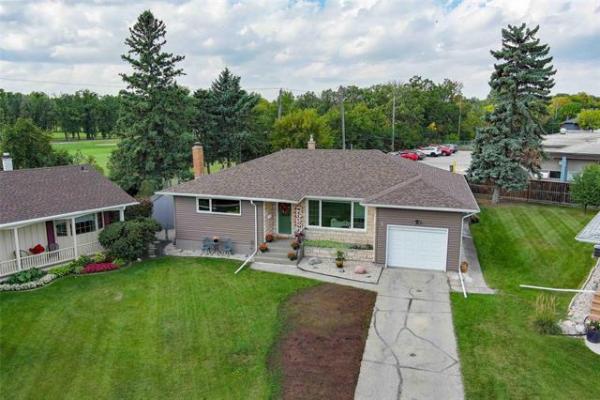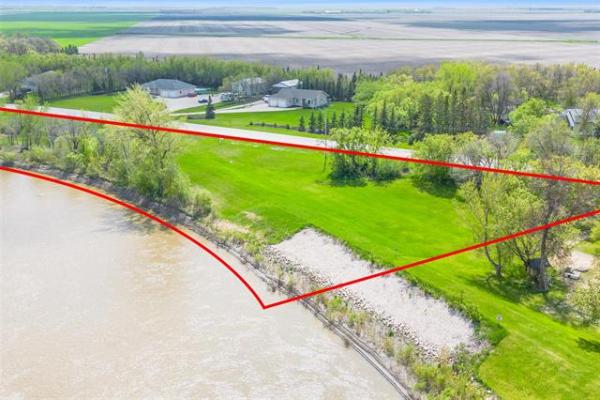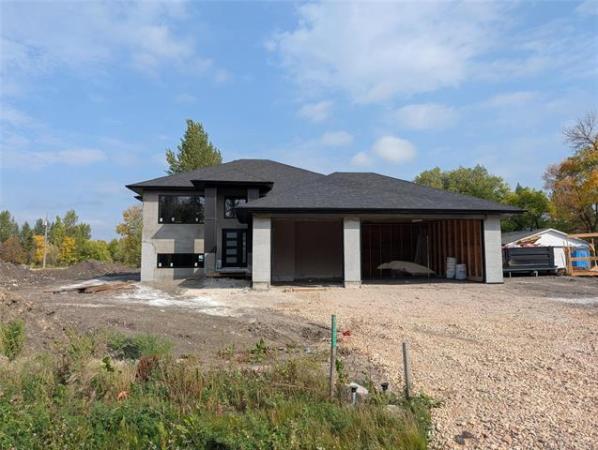We live in a two and a half story home in River Heights built in 1923. A few years ago we had our foundation dug up, repaired and the walls sealed down to the footing. Our foundation drainage was upgraded, the gap used for doing the repairs backfilled with gravel and then soil. Due to the dry summers, I water the soil around the foundation and the trees on our property in the fall, including last year. However, as we have had such cold winters these past few years, we have ended up with a frozen water supply line to our home, which I believe is occurring at the entry of the supply line at the footing.
Last year we again had a frozen water supply line at the entry point to our home and the most likely culprit is the soil pulling away from our foundation. This was pointed out by the city, they thought the cold air going down the foundation wall was freezing the water pipe quicker. Prior to the foundation repairs, we didn’t get a frozen water line.
So, even though precautions were taken, by watering the soil and trees in the fall, the soil still pulled back from the foundation.
What in your opinion can be done to minimize this issue in the future? Currently we are having to run our water during the cold months to prevent the line from freezing again. Thank-you for your assistance in this matter.
– Dave Mainprize
Answer: Dealing with shrinking soil around your foundation by hydrating it is the correct approach, but it may not be the only cause of your freezing water pipes. Determining that may be beyond your capacity and leaving the water dripping, or installing a heat trace cable to the pipe, may be the only solutions to prevent a reoccurrence.
Two phenomena that have been happening to homes in our area in the last few years are common, but may be unrelated. Freezing underground water pipes and shrinking soil have plagued many homes and unfortunately yours has been affected by both issues. The shrinking soil is due to recent dry summer weather the last half decade or more, which causes our expansive soil to pull away from foundation walls. This may leave a small crevice between the two, which can allow rainwater and pests to penetrate along the foundation, but rarely does it cause much other concern.
The two-prong solution to preventing or closing this gap is to water continuously along the outside of your home, and add new topsoil and seed after the gap disappears. While autumn watering is prudent before the big freeze, that is not sufficient. Regular watering from early summer until Halloween may be required if there is not sufficient rain to partially saturate the soil. The goal is to prevent the soil shrinking enough to actually pull away from the foundation in the first place, rather than trying to hydrate the dirt once it is bone dry and shrunken. My rule of thumb is to watch the grass or vegetation in this area and if it begins to wither, or lose its lush green colouring, then it is time to take out the hose. Also, most homes will require adding topsoil around the foundation every few years, due to shrinkage and erosion, especially with the recent dry weather. Since your home has newly installed drainage stone outside, ensuring you have a good depth to the soil cap on top should be a priority.
So, if you can manage to keep enough moisture in the soil in this area to prevent a gap from forming, you may be able to determine if this may be a factor, if your water line does not freeze next winter. Otherwise, piling up a bit of snow in areas where the soil has shrunk may be another item to consider. This snow should have the dual effect of helping to insulate the cold soil below while adding instant moisture to the area when it melts. Care should be taken not to pile the snow too high, and with a slope away from the foundation, to prevent excessive wetting of the concrete in the spring thaw.
Without seeing your issue first hand it is difficult for me to draw a firm conclusion, but I am sceptical that the recent foundation repairs have much to do with the frozen water pipes. The city representatives may have an interest in blaming something other than their system for the defect, especially when it is difficult to remediate. It is more likely that the extreme cold weather in recent years is the more reasonable explanation for the unusual frozen pipes. Regardless of the cause, allowing your water to slowly drip into a sink may be a waste of money and valuable water resources, but may be the simplest solution to prevent blocked water lines.
Another alternative item that may help keep the water flowing is installation of a heat-trace cable to the water supply piping entering your home. This may require chipping away a small portion of the basement floor slab around the pipe, if it is not protruding enough to wrap the heating cable around. The cable may be set for a specific temperature before it heats up, so make sure yours can be adjusted to a higher temperature, since it can only be installed inside the basement.
Keeping the soil around your foundation moist and built up to provide a slope away from the house is definitely the correct approach to preventing excessive shrinkage in dry summer weather, but it may do little to stop your water pipes from freezing. Leaving your water dripping or installing a heating cable to the pipe after it enters your home, may be the only ways to ensure you have constant water supply all winter long.
Ari Marantz is the owner of Trained Eye Home Inspection Ltd. and the past president of the Canadian Association of Home & Property Inspectors — Manitoba (cahpi.mb.ca). Questions can be emailed to the address below. Ari can be reached at 204-291-5358 or check out his website at trainedeye.ca.
trainedeye@iname.com



